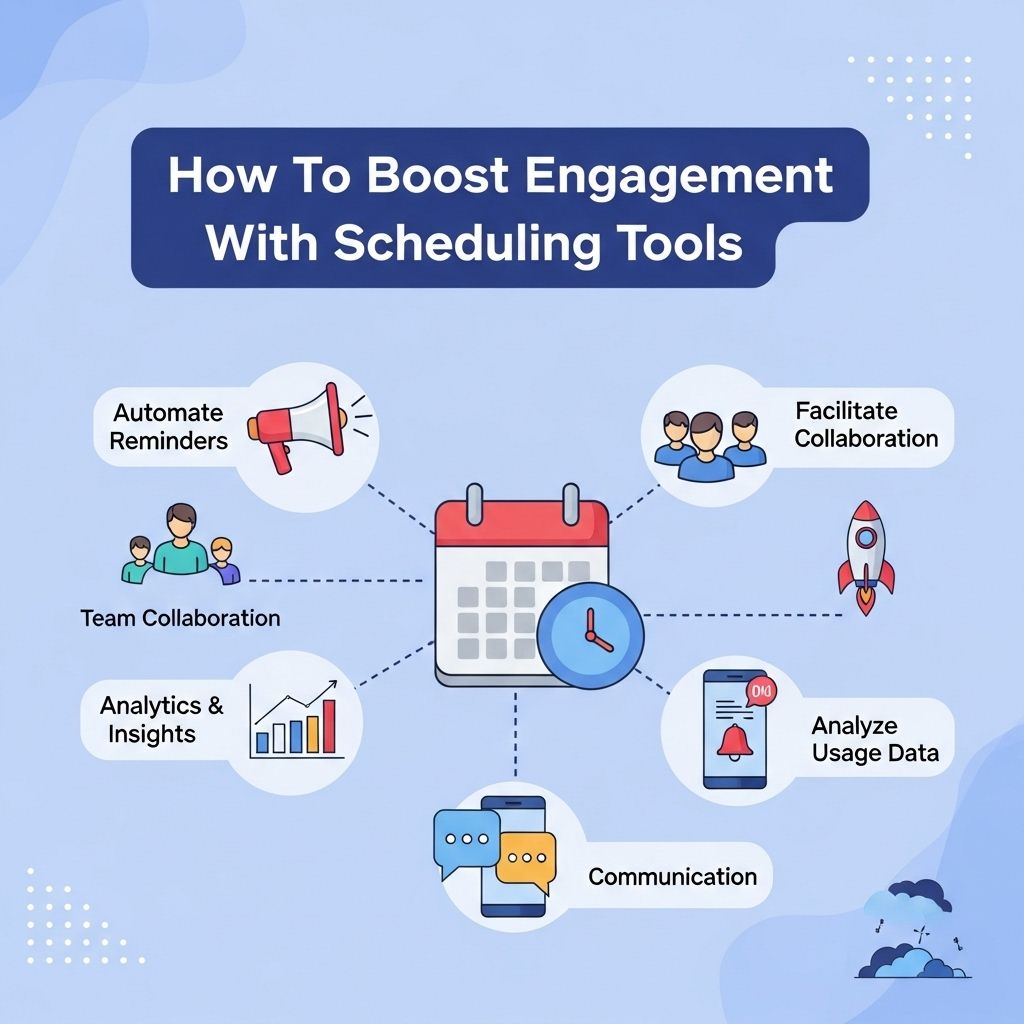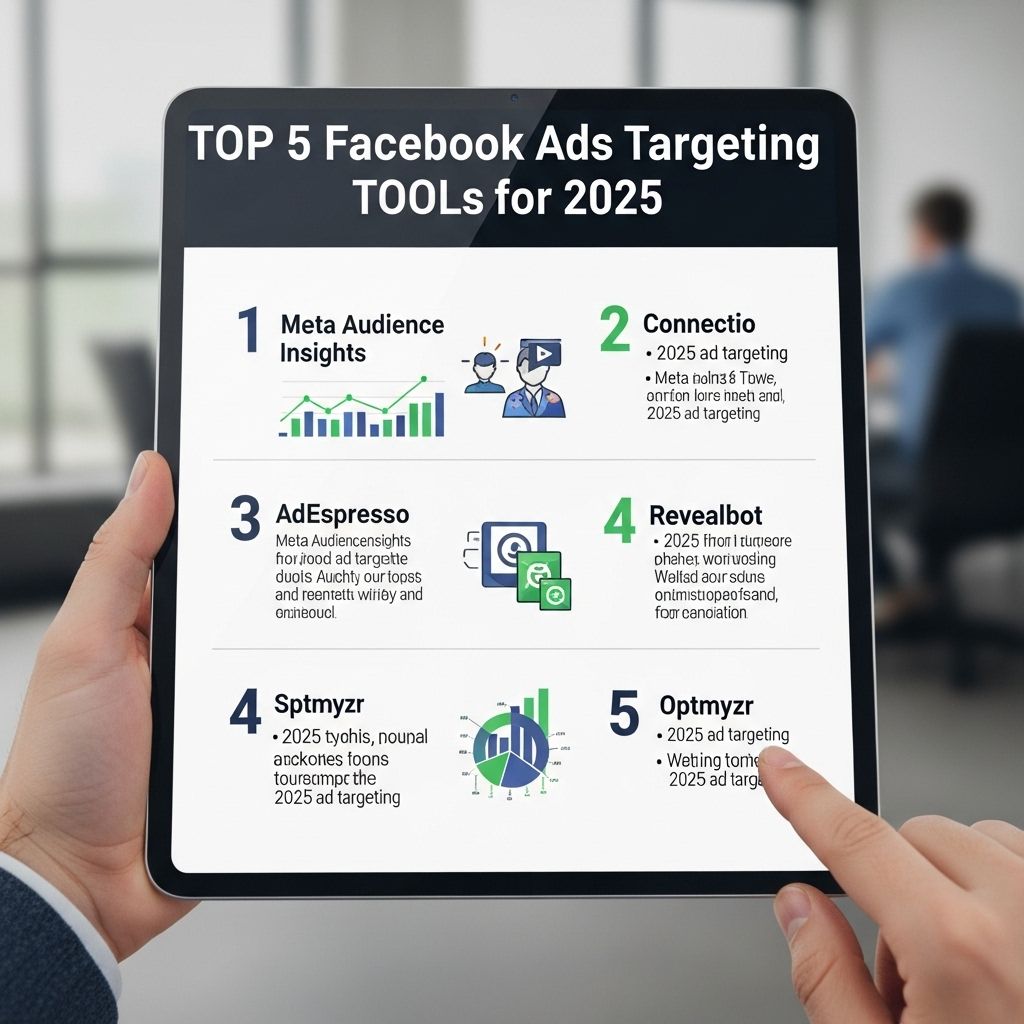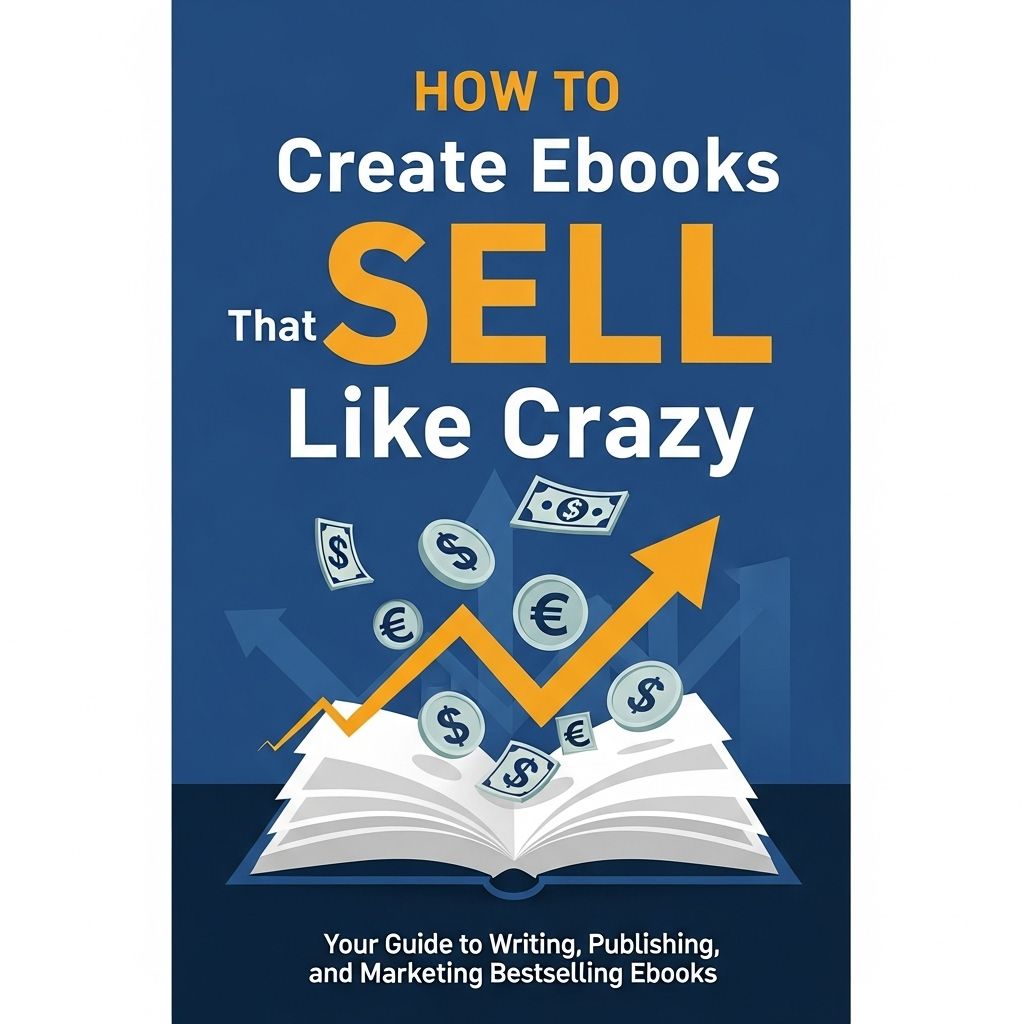In today’s fast-paced digital world, maintaining engagement with your audience can often feel like a daunting task. With so much content vying for attention, leveraging scheduling tools can transform your approach to content distribution and audience interaction. These tools not only save time but also allow you to strategically plan your engagements, ensuring you reach your audience when they’re most active. This article will delve into effective strategies that utilize scheduling tools to enhance engagement, making your content not just seen, but truly impactful.
Understanding the Importance of Timing
Timing is crucial in the world of content engagement. Posting at optimal times can significantly increase visibility and interaction. Scheduling tools allow you to analyze your audience’s behavior and determine the best times to post.
Key Benefits of Optimal Timing
- Increased Visibility: Posts made during peak hours are more likely to be seen.
- Higher Engagement Rates: Users are more inclined to interact when they are active.
- Consistent Presence: Regular posting strengthens your brand presence.
Choosing the Right Scheduling Tools
There are numerous scheduling tools available, each with its unique features and benefits. Selecting the right one is essential for maximizing engagement.
Popular Scheduling Tools
| Tool | Features | Best For |
|---|---|---|
| Hootsuite | Multi-platform scheduling, analytics, monitoring | Brands with multiple social media accounts |
| Buffer | User-friendly interface, scheduling grid, analytics | Startups and small businesses |
| Sprout Social | Robust analytics, engagement tools, social listening | Mid-sized to large businesses |
| Later | Visual content planning, Instagram focus | Instagram-focused brands |
Strategies to Enhance Engagement with Scheduling Tools
Incorporating scheduling tools effectively requires strategic planning. Here are several strategies to boost engagement:
1. Analyze Your Audience
Understanding your audience is the first step in enhancing engagement. Utilize analytics features in your scheduling tool to gather insights about:
- Demographics
- Active hours
- Content preferences
2. Create a Content Calendar
A content calendar helps in planning your posts and ensures a balanced mix of content types. Include:
- Promotional posts
- Educational content
- Engaging questions or polls
This approach not only streamlines your process but also keeps your audience consistently engaged.
3. Utilize Automated Features
Many scheduling tools come with automation features. Here’s how to use them:
- Auto-Post: Schedule posts in advance so you can maintain a consistent presence even during busy periods.
- Recurring Posts: For evergreen content, set up recurring posts to keep it fresh in your audience’s feed.
- Hashtag Suggestions: Use tools that suggest effective hashtags to increase reach.
4. Monitor Engagement Metrics
After implementing your scheduling strategy, it’s essential to monitor engagement metrics. Focus on:
- Likes and shares
- Comments and interactions
- Click-through rates
Adjust your strategies based on the data gathered to continually improve engagement.
Engaging Content Ideas to Schedule
Creativity is key when it comes to content engagement. Here are some ideas to keep your audience excited:
1. Interactive Content
Encourage participation by scheduling interactive content such as:
- Polls and surveys
- Contests and giveaways
- Q&A sessions
2. Behind-the-Scenes Insights
Share behind-the-scenes content that provides a glimpse into your brand. This can be done through:
- Videos
- Live streams
- Photo series
3. User-Generated Content
Encourage your audience to share their content related to your brand. Schedule reposts of user-generated content to:
- Show appreciation for your audience
- Build community
Measuring Success with KPIs
Quantifying engagement can help you understand the effectiveness of your strategies. Some key performance indicators (KPIs) to track include:
- Engagement Rate
- Follower Growth Rate
- Conversion Rate
By regularly assessing these KPIs, you can refine your approach to maximize audience engagement.
Conclusion
Boosting engagement with scheduling tools is not just about automating posts; it’s about creating a dynamic interaction strategy that resonates with your audience. By analyzing your audience, selecting the right tools, and implementing thoughtful strategies, you can significantly enhance your engagement levels. The digital landscape is constantly evolving, and staying ahead requires an adaptive, innovative approach. Embrace these techniques and watch your audience interaction flourish, turning casual viewers into loyal followers.
FAQ
What are scheduling tools and how do they boost engagement?
Scheduling tools are software applications that allow users to plan and automate their content posting across various platforms. They boost engagement by ensuring consistent posting, optimizing timing for audience reach, and allowing for advanced planning of content strategies.
How can I choose the right scheduling tool for my needs?
To choose the right scheduling tool, consider factors such as your budget, the platforms you use, the features you need (like analytics and automation), and user-friendliness. Reading reviews and testing out free trials can also help you make an informed decision.
Can scheduling tools improve social media engagement?
Yes, scheduling tools can significantly improve social media engagement by allowing you to post at optimal times when your audience is most active, thereby increasing visibility and interaction.
What features should I look for in a scheduling tool to enhance engagement?
Look for features such as analytics to track performance, the ability to schedule posts at peak times, integration with multiple social media platforms, and options for repurposing content to keep your audience engaged.
Are there any best practices for using scheduling tools effectively?
Yes, best practices include maintaining a consistent posting schedule, analyzing engagement data to refine your strategy, mixing up content types, and staying responsive to audience interactions even when posts are scheduled.




